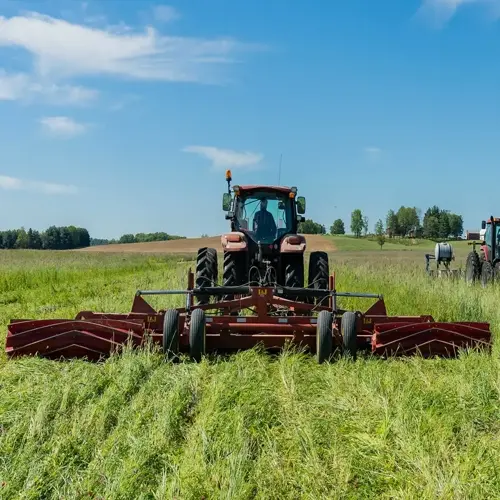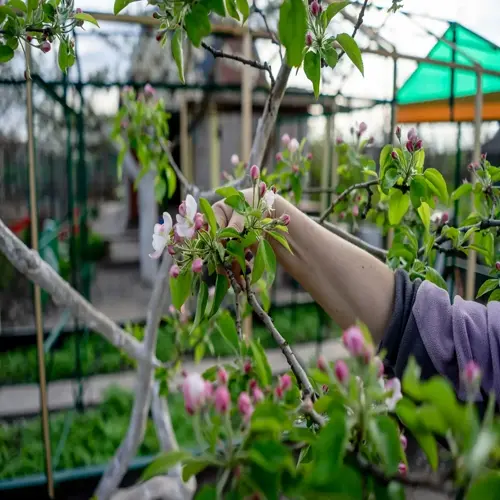Do lavender plants need full sun and special care?

Written by
Benjamin Miller
Reviewed by
Prof. Martin Thorne, Ph.D.Lavender thrives in full sun conditions requiring 6 to 8 hours of direct sunlight daily. Without sufficient sunlight, the plants become "leggy" and produce fewer blooms. Well-drained soil is imperative to avoid root rot. After being established, lavender needs very little in the way of input but does appreciate personalized care practices.
Watering Technique
- Deep watering every 2-3 weeks during dry periods
- Soak soil 12 inches deep to encourage taproot growth
- Allow soil to dry completely between waterings
Pruning Method
- Annual light pruning after flowering finishes
- Remove spent flower stems but avoid cutting woody growth
- Shape plants in early spring before new growth emerges
Soil Management
- Apply 2-inch gravel mulch around base
- Maintain alkaline soil pH between 6.5-7.5
- Never use organic mulches that retain moisture
Plant in raised beds or slopes to ensure drainage. Amend clay soils with grit or gravel. Space plants 24-36 inches apart to provide adequate air circulation. Never fertilize established plants as nutrients reduce oil concentration in leaves. Lavender is a natural insect repellent when healthy.
Avoid common pitfalls, such as overwatering and rich soil. Fungi will come with wet foliage. Cut the foliage to maintain a compact shape. Pick flowers when they show color and not yet fully bloomed to get a better scent. Plants in good care will live for 5-10 years.
Propagate using 6-inch cuttings in early summer. Remove the lower leaves and dip them into rooting hormone. Pot in sandy medium and cover with plastic until roots are formed. Transplant after 8 weeks. By this method, the true characteristics of special varieties, such as 'Hidcote' or 'Munstead', are preserved.
Read the full article: Top 10 Drought Resistant Plants for Gardens

